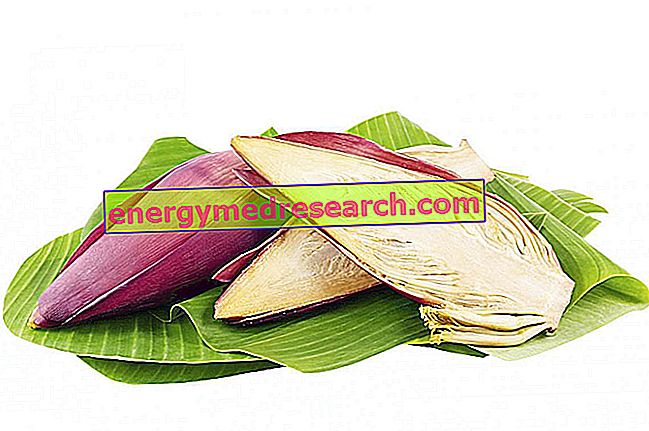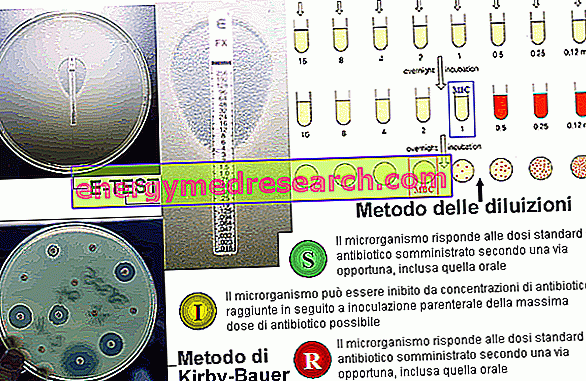
The flowers, also called hearts, of banana (not to be confused with palm hearts) are a vegetable type ingredient widely used in South Asian cuisine and in South East Asia. They are eaten raw, steamed (with various sauces), cooked in soups, curries and fried.
The flavor of the flower or heart of banana is similar to that of artichoke and, like the latter, the fleshy portion of the bracts (modified leaves, similar to petals) and the central heart are consumed.
The leaves of the banana tree are large, flexible and waterproof. In South Asia and in several countries of South East Asia they are often used as environmentally friendly food containers or dishes (dishes). Let's go into more detail.
In Indonesian cuisine, banana leaf is essential for recipes called pepes and botok . These involve the packaging of a sort of "package", with a banana leaf on the outside and various food ingredients inside; Pepes and Botok cooking are: steamed, boiling water and grilled (on charcoal).
In the southern Indian states of: Tamil Nadu, Karnataka, Andhra Pradesh and Kerala, every meal is served with food containing banana, suitably served in banana leaves; if used in steaming, they give the food a sweet taste.
Banana leaves are frequently used as a wrapper to cook food also in India. These retain the water component of the food, protect it from combustion and give it a delicate but distinguishable taste.
In Tamil Nadu (also in India) banana leaves are completely dried and used as packaging material for certain foodstuffs. It is also possible to preform them into a cup to hold liquid food. In Central America, banana leaves are often used as a dossier of the so-called tamales ( masa ).
The tender core of the trunk of the banana plant is widely used in the eastern South and South East Asian cuisine, particularly in the famous Burmese mohinga dish.



